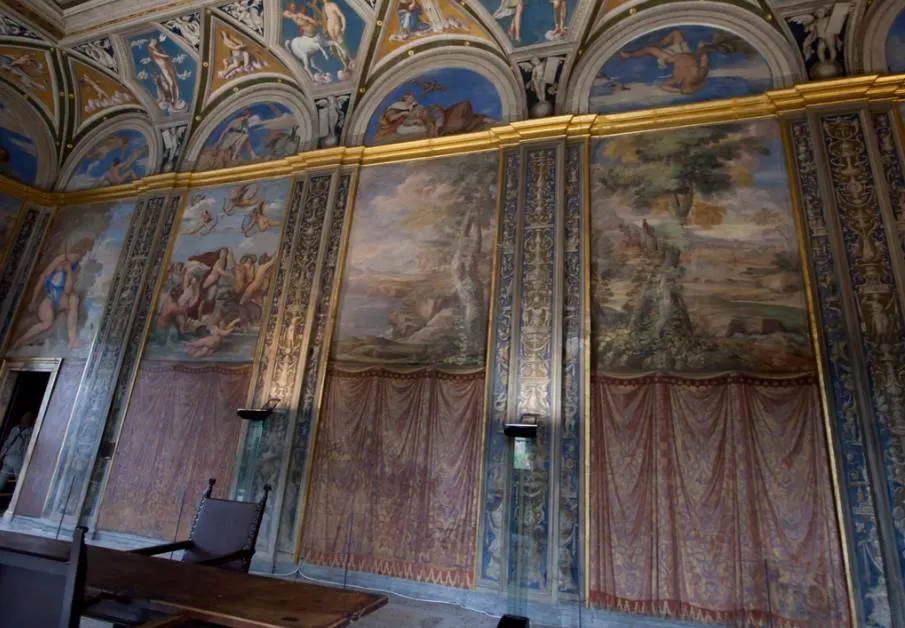When Raffaello Sanzio da Urbino (1483-1520) moved to Rome in the year 1508, he quickly became one of the most sought-after artists in the city.
He attracted the patronage of Pope Julius II and produced some of the most amazing frescoes of his career at the Apostolic Palace.
The School of Athens and The Parnassus are among the masterpieces by Raphael located in what is now referred to as the “Raphael Rooms.”
In this article, you’ll discover some of the most interesting facts about The Triumph of Galatea by Raphael, another fresco by the Renaissance master that decorates a lavish mansion.
1. It was completed when Raphael was at the height of his career in the 1510s
Raphael was an Italian artist who was born in the city of Urbino, a local art center in the Marche Region of eastern Italy.
He was orphaned when he was still a young teenager and studied under the Umbrian master Pietro Perugino (1446-1523). He quickly exceeded his master’s talent as well.
He started learning commissions in the late 15th century and gradually established himself as a renowned master of the High Renaissance.
Although he probably never lived in the city for extended periods, art historians still consider the period between 1504 and 1508 as his “Florentine Period.”
He moved to Rome in 1508 and lived three until he passed away at the young age of 37 in 1520. He completed The Triumph of Galatea in 1512 at the height of his career in Rome.
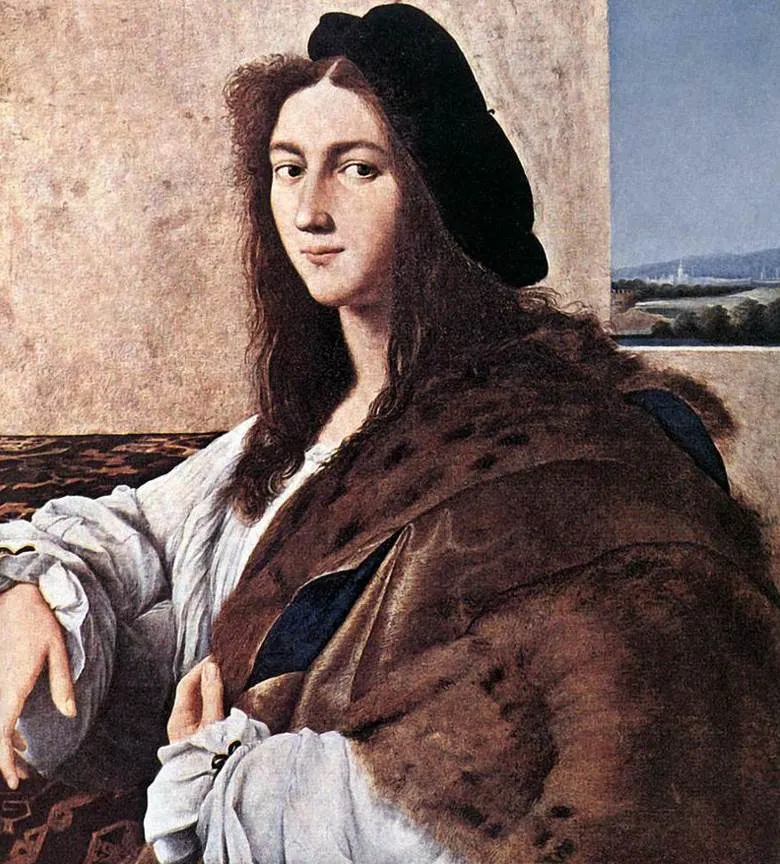
2. It depicts a scene that was derived from a Renaissance poem

The painting depicts a remarkable scene derived from a Renaissance poem that features figures from Greek mythology.
This poem is titled “Stanze per la Giostra” and was written by the Italian poet Angelo Poliziano (1454-1494).
The story of Galatea, a beautiful Nereid or “sea nymph,” revolves around her falling in love with Acis, a common peasant shepherd boy. Acis ends up getting killed by Galatea’s consort, the one-eyed hideous giant called Polyphemus.
Although the scene was inspired by this poem, Raphael didn’t depict a specific event but rather the apotheosis or “divinization” of Galatea.

3. It was commissioned by one of the richest men of the early 16th century
Raphael was one of the favorites of Pope Julius II, one of the greatest art patrons in history. The Pope also employed Michelangelo and Leonard da Vinci at the time, quite a team to have at your disposal.
Pope Julius II wasn’t the only patron who wanted to hire Raphael. This fresco was commissioned by Agostino Chigi (1466-1520), a rich banker from Siena.
Chigi lived in Rome since 1487 and amassed great amounts of wealth by lending money to powerful people. He also helped Pope Julius II to get elected.
The latter rewarded him by making him the treasurer and notary of the Papal States. Needless to say, this grew his fortune further in the early 16th century and allowed him to commission artworks such as Raphael’s fresco.

4. It decorates a mansion in Rome that was completed just a year earlier
Chigi used some of his wealth to construct an opulent Renaissance building called the Villa Farnesina.
This building is located just west of the historical heart of Rome in the Trastevere District on the west bank of the Tiber River.
What’s fascinating about this villa is that it was designed by Baldassare Peruzzi, a man who was the pupil of Donato Bramante, the original architect of St. Peter’s Basilica.
It was completed between 1506 and 1510 and was designed by numerous frescoes shortly after; Today, the Villa Farnesina serves as a museum that offers guided tours.
Important note: The villa was originally named the Villa Chigi but it was acquired by the Farnese family who renamed it. This powerful family also owned the amazing Palazzo Farnese in central Rome.
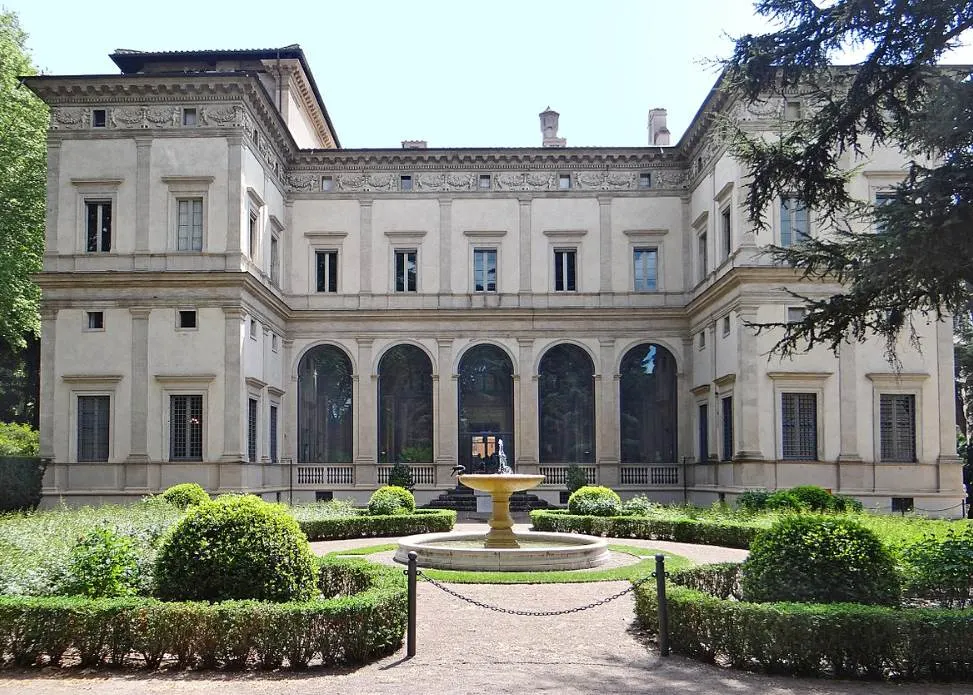
5. Evidence suggests that Raphael was inspired by ancient Roman frescoes
Raphael’s fresco is one of many that decorate the rooms of the Villa Farnesina. The incredible talent of the master of the High renaissance makes it one of the most beautiful ones.
The first thing you’ll notice about this painting is that the artist used a remarkable shade of blue. A study conducted in 2020 determined that he used Egyptian blue in this work.
So why did Raphael use Egyptian blue instead of the common (yet expensive) blue pigment lapis lazuli?
Egyptian Blue was a common pigment used in ancient Roman frescoes. It’s likely that Rapahel was either inspired by ancient Roman art or wanted the fresco to look like the frescoes that once decorated ancient Roman villas.
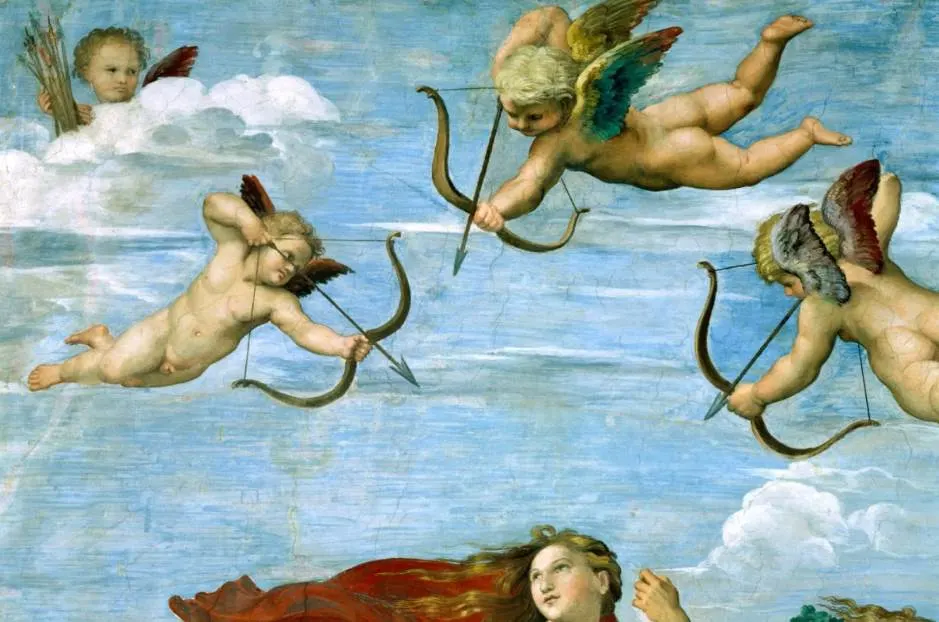
6. Did Raphael use a famous courtesan as the model for Galatea?
The entire composition revolves around the beautiful Galatea. Many contemporary viewers identified the beautiful young woman as a famous courtesan at the time named Imperia Cognati (1486-1512).
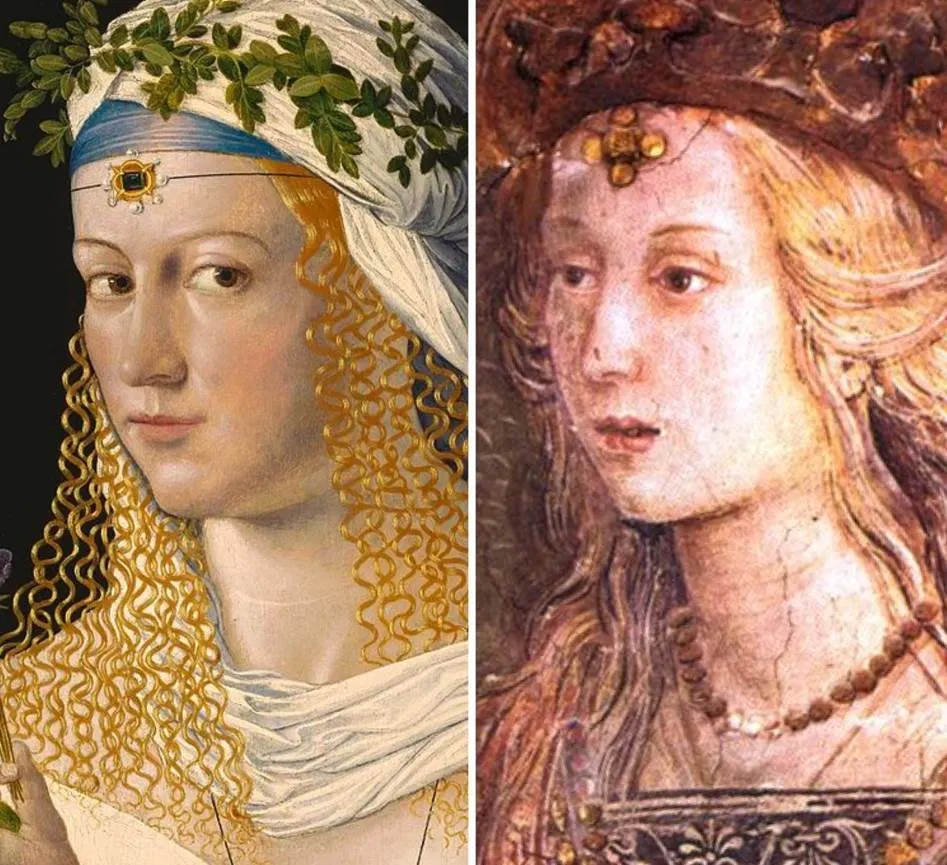
She was the lover of Agostino Chigi and committed suicide for unclear reasons around the same time that Raphael completed this fresco.
Raphael denied these rumors and commented on the matter saying:
To paint a beauty, I should have to see a number of beauties, provided Your Lordship was with me to choose the best. But in the absence of good judges and beautiful forms, I use an idea that comes to my mind.

7. How big is The Triumph of Galatea by Raphael?
Just like most other frescoes that Raphael completed around this time, this one is quite big.
The Triumph of Galatea by Raphael covers an area of 295 x 224 centimeters (116.1 x 88.1 inches).
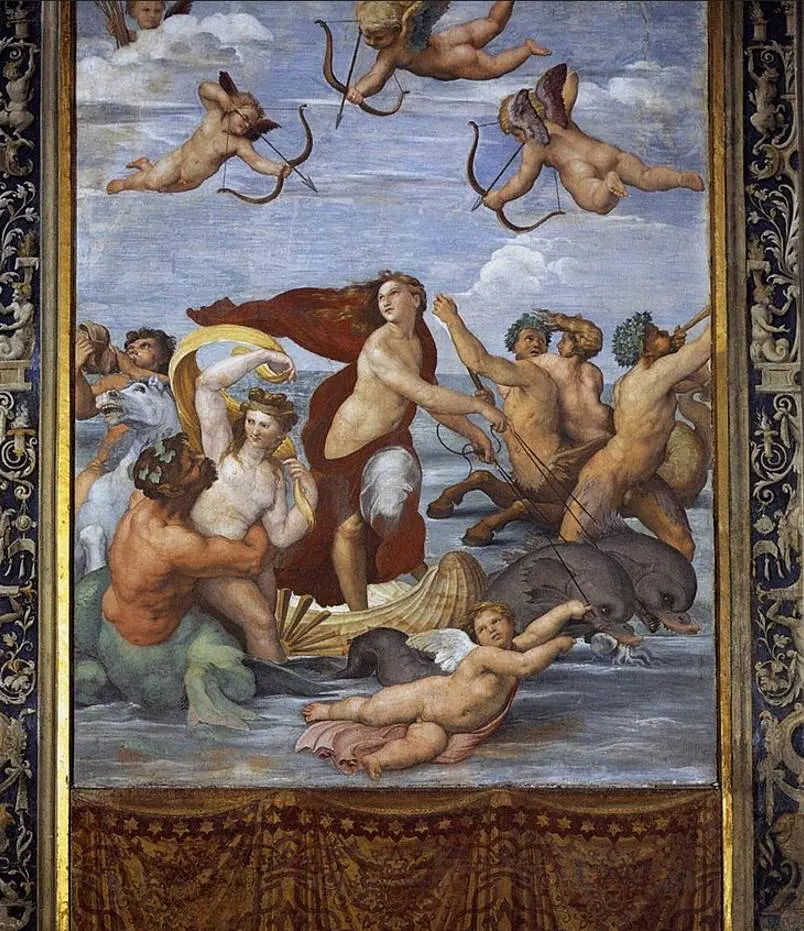
8. Where is the fresco located?
If you want to admire this magnificent work of art by one of the greatest artists in history, then you won’t have to look far.
The fresco is located in the large open gallery of the Villa Farnesina and is adjoined by multiple other frescoes depicting mythological scenes.
What’s remarkable is that Italian artist Sebastiano del Piombo (1485-1547) completed a fresco depicting the one-eyed giant Polyphemus directly left of it.
